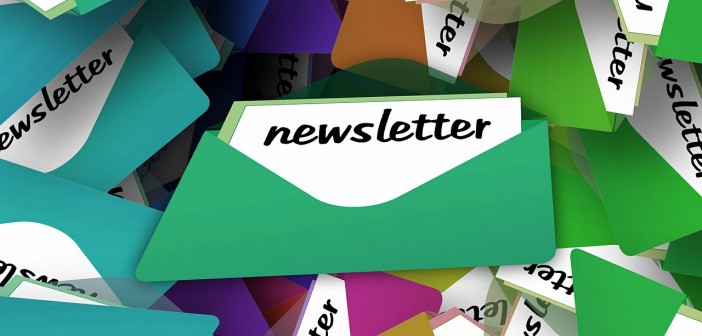Even in this day of instantaneous communications, the church newsletter is still an important part of a congregation’s overall communication strategy. Why? Because it is one mode of communication that regularly reaches 100 percent of members, including inactive members and infrequent worshipers. A carefully crafted newsletter can build community, reinforce connections, and encourage participation among those not often present at church. Newsletters should be written with these audiences in mind.
The following suggestions will help make your newsletter appealing to all readers.
- Use your newsletter to educate, build community, and create institutional loyalty. Focus on people, not just events. Celebrate accomplishments.
- The effective use of photos will make your newsletter more interesting, attractive, and personal. Look for action shots that “tell the story” and close-ups of people.
- Keep it fresh. If an announcement or story needs to appear in more than one issue, or reappears at a certain time each year, try to make it new and interesting.
- Avoid institutional jargon and insider references, particularly if your newsletter goes to non-members.
- Focus on providing information that is useful and relevant to your readers. Don’t print meeting minutes. Instead, make them easily available on your website, a bulletin board, or by request.
- Keep the length reasonable. The average person will set aside something that looks like it takes more than a few minutes to read. If your newsletter runs too long, consider more frequent issues.
- Make it easy to browse. Reserve the front page for the most timely and important items. Use active headlines, not headings. Put the most important information in the lead sentence of articles. Categorize topics consistently so readers know where to look for their particular interests.
- Strive for an appealing layout. Select a readable font size (not less than 10 pt.) and use no more that 2 or 3 different typefaces. Thirty-nine characters per line is optimal for readability. Don’t over use boldface type, underlining, or upper case characters.
- Empower your editor to revise articles for clarity and brevity. Have someone not involved in the writing or editing do the proofreading.
- Consider sending your newsletter by email to those who prefer to receive it this way. But keep the option of a hard copy for those who do not use email.







